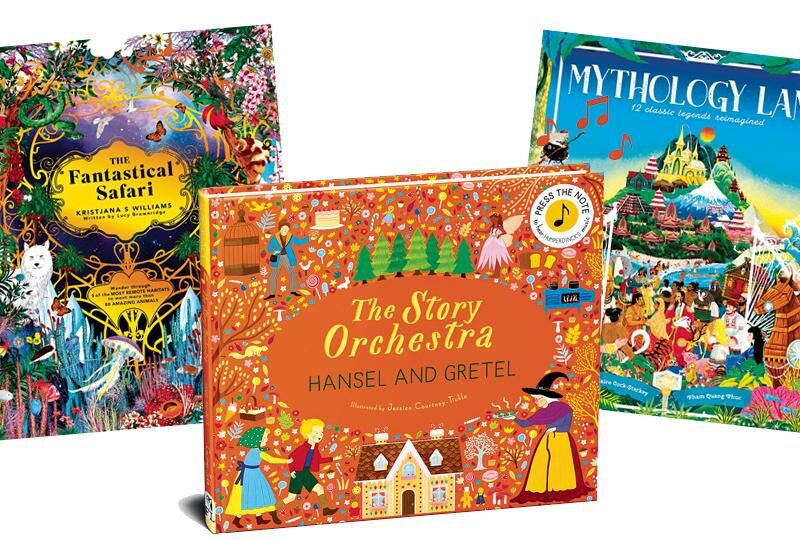
Plant a butterfly garden this spring
By Laura Lane
I remember the first time a butterfly landed on my daughter’s hand. She was three-years old, and she stood very still and gazed at the beautiful creature. With their multitude of colours and feather light touch, butterflies are magical. Why not create a home for them in your garden this spring?
Creating a butterfly garden provides a wonderful opportunity for your children to be outside breathing in fresh air, soaking up sunshine, and digging in the dirt. Gardening engages children’s five senses, encourages their natural curiosity about how things grow, and gives them a sense of accomplishment when they finish a project. As you plant your garden, you can talk with your child about a butterfly’s life cycle and habitat. You also get the added bonus of creating a beautiful sanctuary in your own backyard.
Now is the perfect time to get started. Here’s how to build your butterfly garden:
Choose a sunny, sheltered spot
Butterflies and their food plants require a lot of sun, according to horticulturist Corinne Hannah. “Since butterflies cannot regulate their internal temperature and need sunlight to warm their bodies and enable them to fly, it is important that your garden has a good amount of sun,” she says. “Many nectar plants require full sun as well for optimum bloom.”
In addition to picking a sunny spot, it helps to create a sheltered area, so butterflies don’t have to fight the wind. Hannah suggests using plant material or trellises to help reduce wind speed and create a wind barrier.
Prepare the soil
If soil quality is poor, add organic matter to help enrich it. You can use your own compost or purchase it in bag or bulk at a garden center. Building a raised bed will also give you more control over soil quality.
Provide resting spots and “puddling” places
Place flat, light coloured stones in your garden where butterflies can rest their wings and bask in the sun. Also make sure you have some wet, sandy spots where butterflies can drink water and extract minerals from the damp soil. “A gardener can plan for puddling sites by creating a sandy beach in a water garden or by adding sand to a bird bath and keeping it moist, or simply allowing for mud puddles in your garden,” Hannah says.
Plant native flowering plants
Most species of butterflies use nectar as their main source of food, so including flowering plants in your garden is essential. It’s important to plant flowers that are native to your region, because the butterflies depend on their native plants for survival and reproduction. You can find a list of butterflies native to your area at http://www.thebutterflysite.com/butterfly-gardening-by-area.shtml<http://www.thebutterflysite.com/butterfly-gardening-by-area.shtml> . Once you’ve identified the types of butterflies in your region, go to http://www.thebutterflysite.com/butterfly-food.shtml<http://www.thebutterflysite.com/butterfly-food.shtml> to find the best plants for your garden. Also visit the Lady Bird Johnson Wildflower Center at www.wildflower.org/collections <http://www.wildflower.org/collections> for a list of recommended native plants in your area.
Plant for continuous bloom
Since butterflies need nectar throughout their adult life, choose plants that bloom in early, mid, and late summer. Annual and biennial plants often have a long bloom season and will cover those temporary bloom gaps in your perennial garden, according to Hannah.
Include host plants
Mother butterflies lay eggs on specific plants called host plants. When caterpillars hatch out of their eggs they eat the host plants. It’s important to include host plants in your garden, so the butterflies will take up residence there and not just pass through. For information on butterflies and their specific host plants, visit http://www.thebutterflysite.com/create-butterfly-garden.shtml.
Avoid herbicides and pesticides
These products contain chemicals that kill butterflies and other beneficial insects in their larval and adult phases. As you plant and tend to your garden, you can talk with your child about how the choices you make affect the butterflies and their habitat.
Watch the butterflies arrive
Once your garden is planted, your family can sit back and watch the butterflies sip nectar from your flowers, congregate in puddles, and bask in the sun. As you enjoy your garden, you can also feel good knowing that you’ve helped butterflies find a perfect home.
Sidebar:
To learn more about butterflies and their habitat, check out these wonderful children’s books:
Inside Butterflies by Hazel Davies
Face to Face with Caterpillars by Darlyne A. Murawski
How to Raise Monarch Butterflies: A Step-by-Step Guide for Kids by Carol Pasternak
From Caterpillar to Butterfly by Deborah Heiligman
Bio:Laura Lane and her husband have two children and a giant Bernese Mountain Dog, who loves digging in the garden as much as the kids do.





